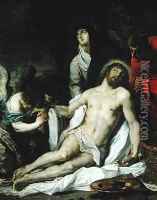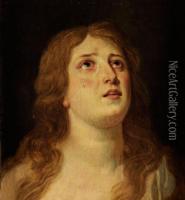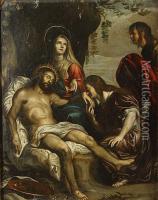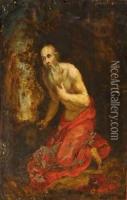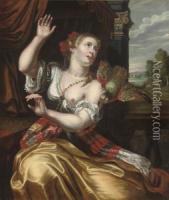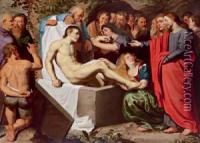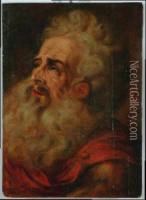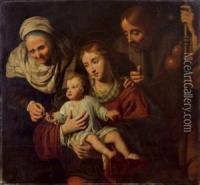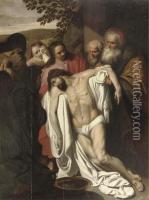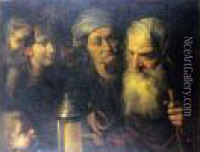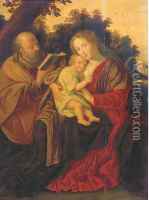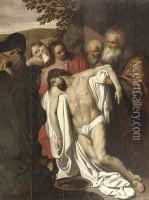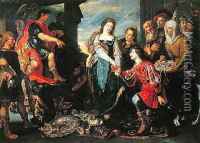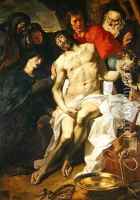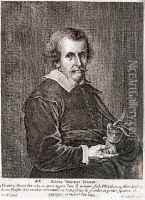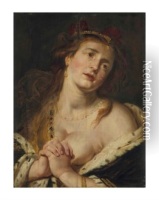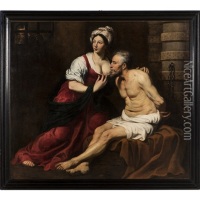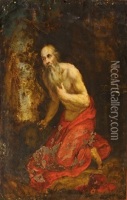Pieter van Mol Paintings
Pieter van Mol, born in 1599 in Antwerp, was a distinguished Flemish Baroque painter known for his religious themes, portraits, and mythological scenes. Van Mol was part of the vibrant artistic scene in Antwerp, a major center for the arts in the 17th century. His work is characterized by a meticulous attention to detail, a mastery of light and shadow, and a devotion to capturing the emotional depth of religious subjects.
Van Mol studied under prominent painters of his time and was deeply influenced by the works of Peter Paul Rubens, another towering figure of the Flemish Baroque period. Though not as widely recognized as Rubens, van Mol's contributions to the art world were significant, particularly in the realm of religious art where he excelled in depicting complex biblical scenes with emotional intensity and technical precision.
Throughout his career, Pieter van Mol gained the admiration of his contemporaries and worked for many notable patrons. He was a member of the Guild of St. Luke in Antwerp, an essential institution for artists of the time, which helped to foster his career and connect him with influential figures in the art world.
Van Mol's legacy is preserved in various European art collections, showcasing his skill in handling both large-scale compositions and more intimate portraits. His works reflect the broader trends of the Baroque period, including the emphasis on emotion, the use of dramatic lighting, and the exploration of religious themes, all of which he imbued with his distinctive touch.
Despite his achievements, Pieter van Mol remains a somewhat lesser-known figure compared to his contemporaries, with his life and work deserving of further study and appreciation. He died in 1650, leaving behind a body of work that continues to be studied and admired for its artistic and historical significance.
